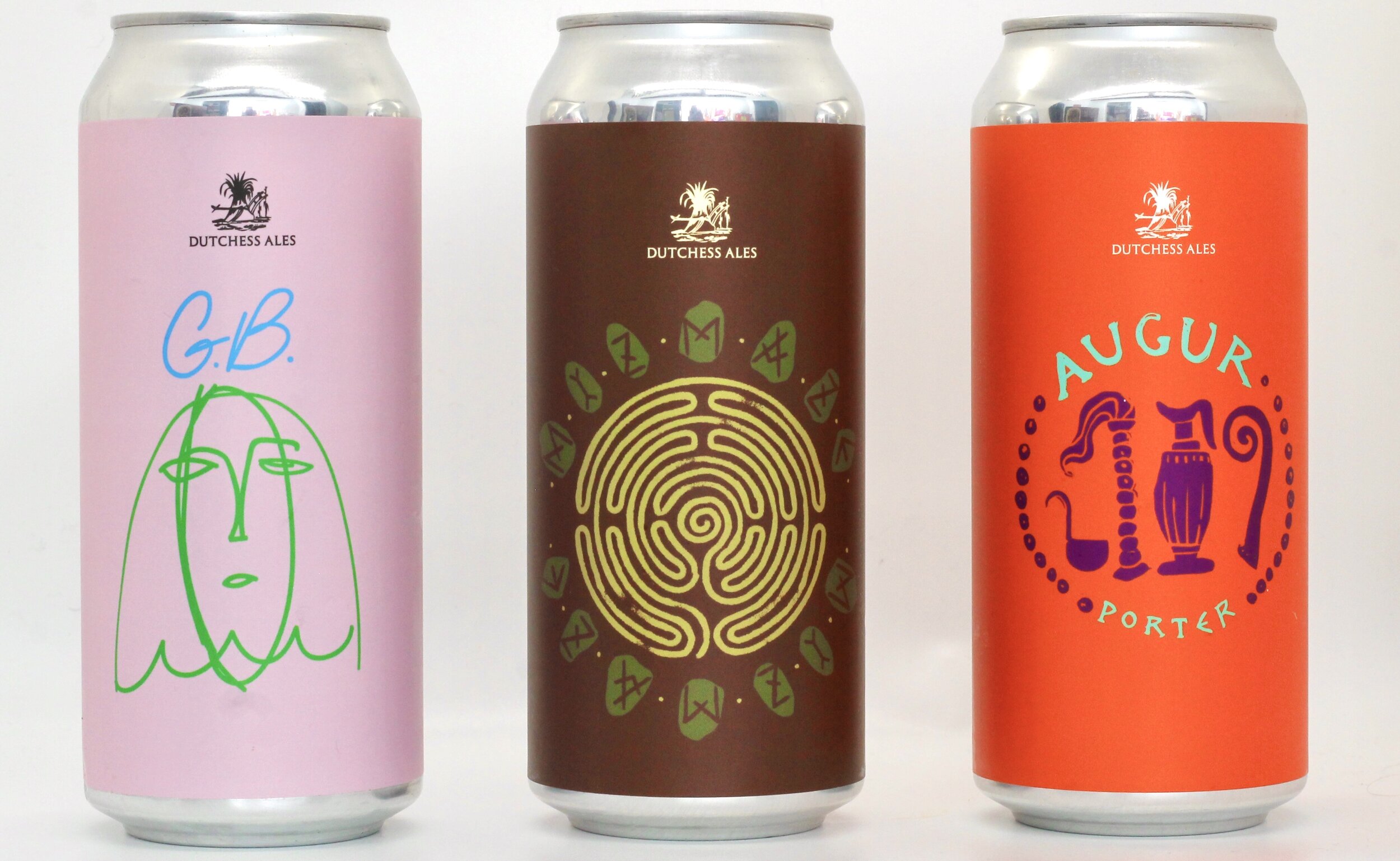After a seven-year absence, New York City once again has an establishment bearing a Cask Marque designation. Though many outside of England may not know what that means (there are only fifteen here in the US), I’m…firkin pumped!?!
Cask Marque is a UK-based accreditation program that verifies establishments serving cask beer meet a certain standard. Among other things, they assess beer temperature, appearance, and flavor. Last month, Brooklyn’s Wild East earned its accreditation for the first time.
While accreditation is not required to pull a proper pint, the stamp of approval does indicate to consumers that the business knows what they’re doing when managing and serving real ale (or lager). I could nitpick a little about the program’s standards and methods (and their Cask Ale Week missteps in 2023), but overall, I think it’s a good thing.
Wild East refurbished a beer engine they got from Bradley Gillett, owner of Seneca Lake Brewing Company, and began pulling pints from it in 2023 with an emphasis on traditional British beer styles like ESB and Dark Mild. The engine was originally from a pub in Sussex, England.
Due to space limitations, they fill pins (5.4-gallon casks) for their regular onsite cask service (firkins, which hold 10.8 gallons, are more common in England). However, there’s talk of potentially adding a second handpump.
New York previously had a couple of other recognized places with a Cask Marque like the Jones Wood Foundry, but it has since expired (just a note though, Jones Wood Foundry continues to serve well-poured pints of cask ale nonetheless. This occasionally includes beer from Wild East).
Wild East celebrated the official recognition on May 1st with two special casks (one from the handpump and one bar top cask for gravity pours). Fish and chips were also available, and the night’s playlist was all British music.
I made it just in time to try their ESB, Moderance, before it kicked. For the event, Moderance was cask-conditioned with hyssop. I also almost kicked the Brown Ale, Digital Dissonance, that was cask-conditioned with applewood and refermented with brown sugar. However, another cask of that was lined up to keep the killer beer flowing through the night.
When Wild East opened in 2020, there were no Cask Marque locations in the city. In just a few short years, they have established themselves as a widely respected brewery, and their taproom has become one of the best hangs in the city for fans of good beer. With them touting this accreditation, it’s hopeful that others will be inspired to, if not get a Cask Marque, at least start pouring delicious pints of cask beer (sparkler, or not).


















